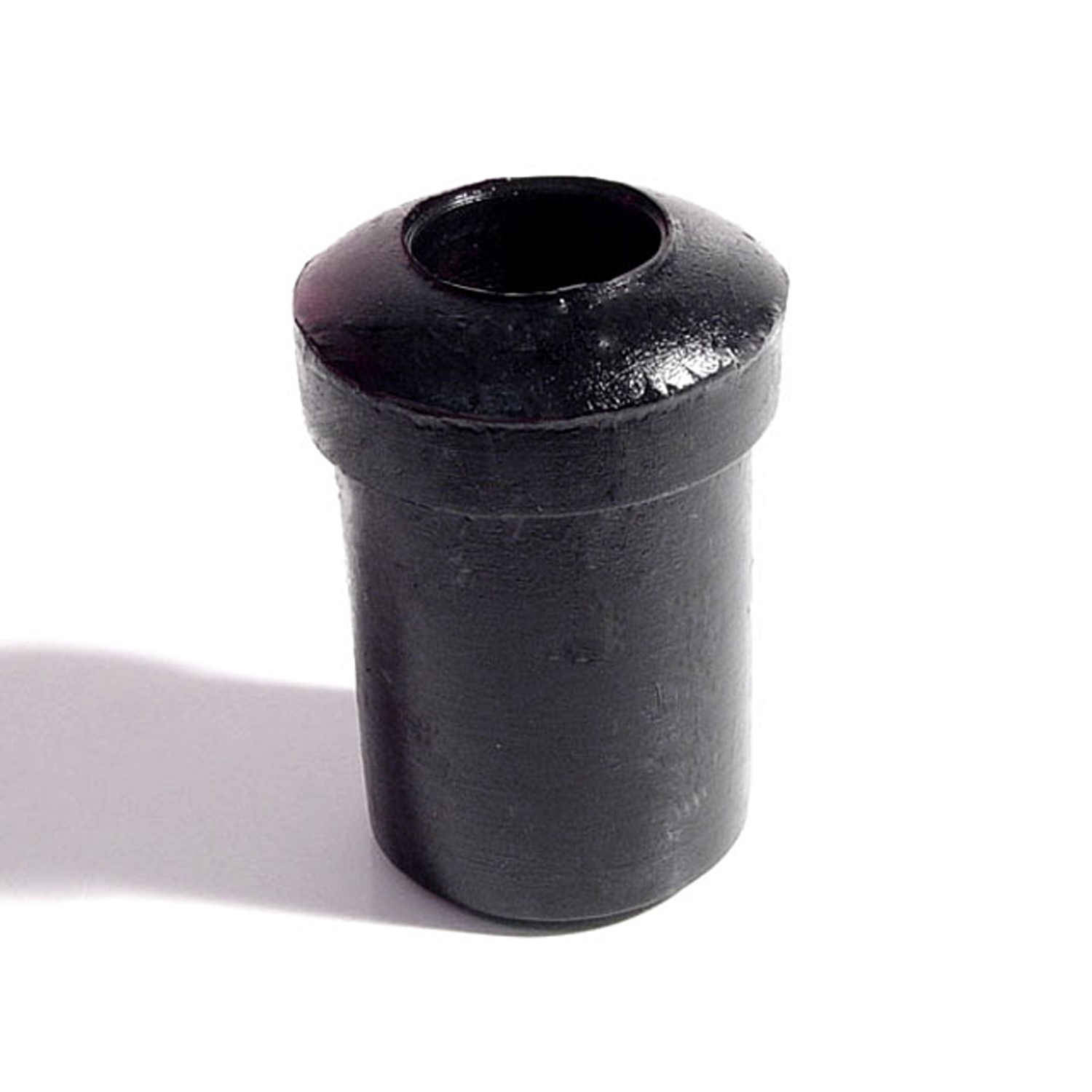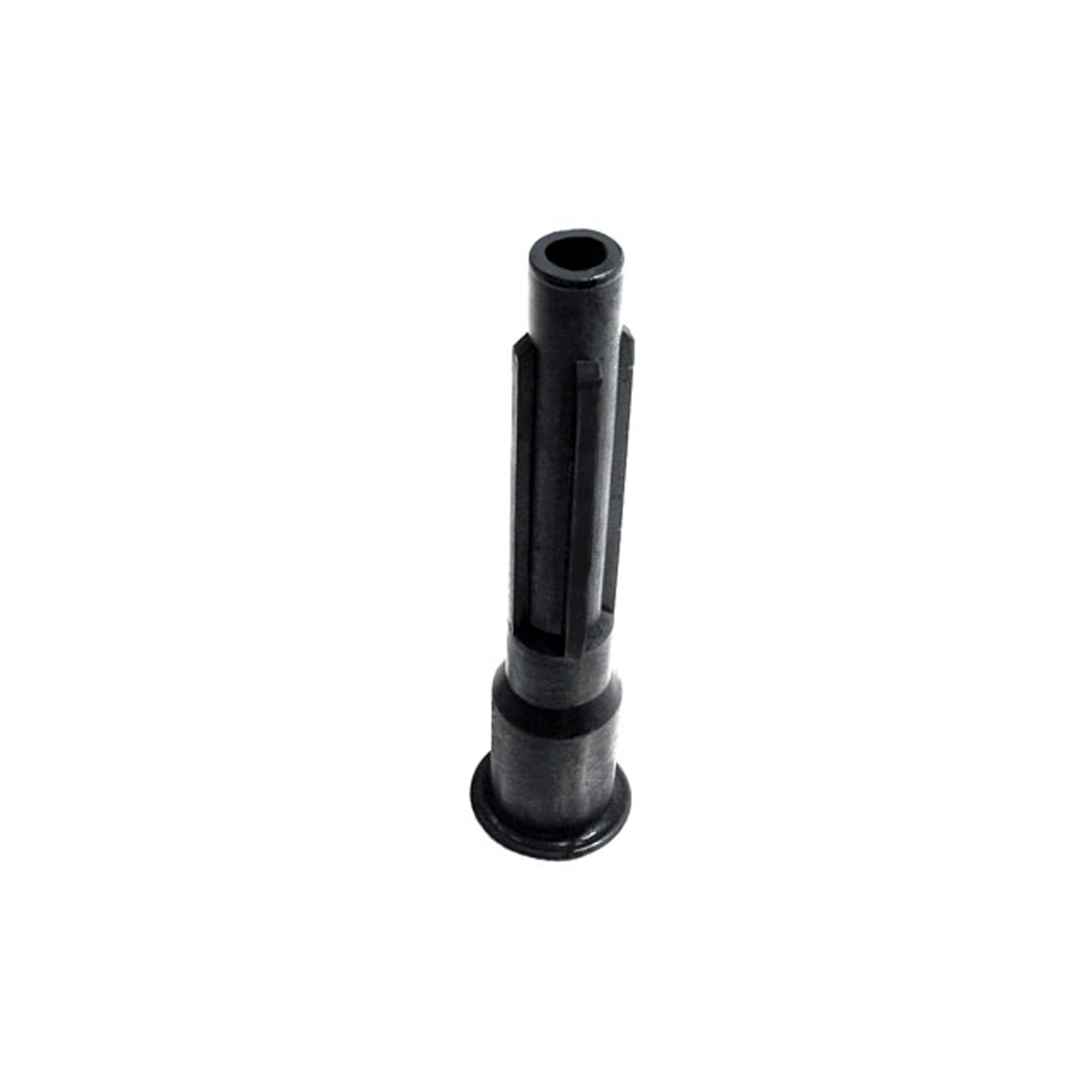Image of 1968 Dodge P200, Note: These illustrations use artistic license and may differ from actual historical models.
Performance Metrics
Fundamental Metrics
Emotional Appeal
MMP Rating
| Specifications | Details | ||
|---|---|---|---|
| Engine Options | 225 Slant Six | ||
| Displacement Range | 3.7L | ||
| Horsepower Range | 145 hp (estimated) | ||
| Torque | 215 lb-ft (estimated) | ||
| Compression Ratio | 8.4:1 | ||
| Ignition System | Conventional, distributor | ||
| Cooling System | Liquid-cooled | ||
| Drive Type | Rear-wheel drive | ||
| Transmission Type | 3-speed manual | ||
| Fuel System Type | Carburetor | ||
| MPG | 10-12 mpg (estimated) | ||
| Brakes | Drum brakes | ||
| Wheelbase | 108 inches | ||
| Weight | 3500 lbs | ||
Note: Specifications for classic cars are given to the best of our ability, considering the limited and variant data available.
The Unassuming Workhorse: The 1968 Dodge P200
The year 1968 saw the release of the Dodge P200, a vehicle that may not have captured headlines like its muscle car cousins, but nonetheless carved its niche in automotive history. Born from the industrious efforts of Dodge, a division of Chrysler Corporation, the P200 was designed to serve as a dependable utility vehicle during a time when America's economy was booming and businesses required reliable transportation solutions.
While not as glamorous as some of its contemporaries, the P200 held its own unique place in the market. A notable moment in its history was its use by the United States Postal Service, which added a touch of civic pride to this hardworking machine. The P200 was more than just a vehicle; it was an integral part of the American workforce.
Design and Innovation
The exterior of the 1968 Dodge P200 was straightforward and functional, with clean lines and a no-nonsense aesthetic that reflected its utilitarian purpose. Its boxy shape maximized interior space, making it a favorite among businesses for deliveries and transport. Inside, the focus was on durability over luxury, with materials chosen for their ability to withstand constant use.
For its era, the P200 offered practical technological features such as a robust electrical system and a dependable powertrain. Color options were typically subdued, with white being a popular choice for fleet vehicles due to its professional appearance. The most iconic body style was undoubtedly the panel van, which provided ample space for cargo and could be customized with shelving and storage solutions.
Historical Significance
The Dodge P200's impact on automotive design may not have been revolutionary, but its influence on the utility vehicle segment was undeniable. It set standards for reliability and functionality that competitors strived to match. The P200's straightforward design ethos influenced the development of future service and delivery vehicles.
Performance and Handling
Performance-wise, the 1968 Dodge P200 was built for endurance rather than speed. While top speed and acceleration figures were modest by today's standards, it provided sufficient power for hauling loads. On the road, the P200 handled predictably, with a suspension tuned more for load-bearing than sporty driving. Drivers could expect a no-frills experience behind the wheel, with the thrum of the engine and the direct feedback from the road being part of the vehicle's charm.
Ownership Experience
The P200 was commonly used as a delivery vehicle or service van. Its reliability made it a practical choice for businesses, while its ease of repair endeared it to owners who valued straightforward maintenance. Parts were readily available, and the simplicity of its mechanical systems meant that even amateur mechanics could tackle most issues.
Fun Facts
Despite its humble role, the Dodge P200 has its share of interesting trivia. For instance, some were converted into campers or ice cream trucks, serving as a canvas for entrepreneurial spirits. While not known for breaking speed records, it certainly set benchmarks for durability in service roles.
Collector's Information
Today, the 1968 Dodge P200 holds a unique spot in collector circles. Its production numbers were substantial due to its commercial use, but surviving examples in good condition are relatively rare. As a result, values can vary significantly based on condition and originality. A well-preserved P200 might fetch anywhere from $10,000 to $20,000 or more depending on its historical significance and condition.
Conclusion
The 1968 Dodge P200 may not be the star of classic car shows, but it represents an essential chapter in automotive history. Its legacy is one of reliability and service—a true testament to the vehicles that helped build America's economy during a transformative era. For those who appreciate the unsung heroes of the road, the P200 is a vehicle that deserves recognition and respect.
1968 Dodge P200 Catalog of Parts
 1968 Dodge P200 Spring and Shackle Bushing. 1" bottom O.D-BN 20Spring and Shackle Bushing. 1" bottom O.D. X 1-5/8" high, with 9/16" I.D. Each
1968 Dodge P200 Spring and Shackle Bushing. 1" bottom O.D-BN 20Spring and Shackle Bushing. 1" bottom O.D. X 1-5/8" high, with 9/16" I.D. Each 1968 Dodge P200 Flexible Spark Plug Boot, used on Hemi's with power brakes-RP 1-MFlexible Spark Plug Boot, used on Hemi's with power brakes. 4" long, 5/16" upper i.d., 5/8" lower i.d. Each
1968 Dodge P200 Flexible Spark Plug Boot, used on Hemi's with power brakes-RP 1-MFlexible Spark Plug Boot, used on Hemi's with power brakes. 4" long, 5/16" upper i.d., 5/8" lower i.d. EachWhy Choose Metro?
For over 100 years, Metro Moulded Parts has been the pinnacle of quality in classic car restoration parts. Our commitment to precision and authenticity in every component ensures a perfect fit and an OEM-level appearance.
- Expert Craftsmanship & Quality: Each part is a testament to our dedication to reliability and perfection, crafted from original designs and thoroughly tested.
- Advanced Technology: We use cutting-edge techniques to create flawless, long-lasting parts that surpass others in performance.
- SuperSoft Sponge – The Ultimate Door Seal: Not only are our door seals 30% softer than competitors', but they're also guaranteed to never leak. They effectively reduce wind and road noise, enhancing your classic car's comfort and driving experience.
- Proudly American: Our parts are a product of American craftsmanship, made in the USA with a spirit of excellence and heritage.
- Unrivaled Warranty: We back our products with a 30-year industry-leading warranty, a testament to our confidence in their quality.
Join us in preserving the legacy of classic cars with parts that are crafted for perfection, not just made.

